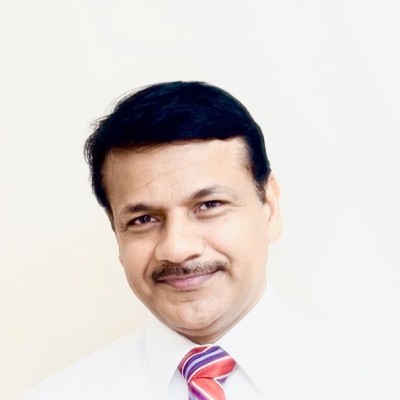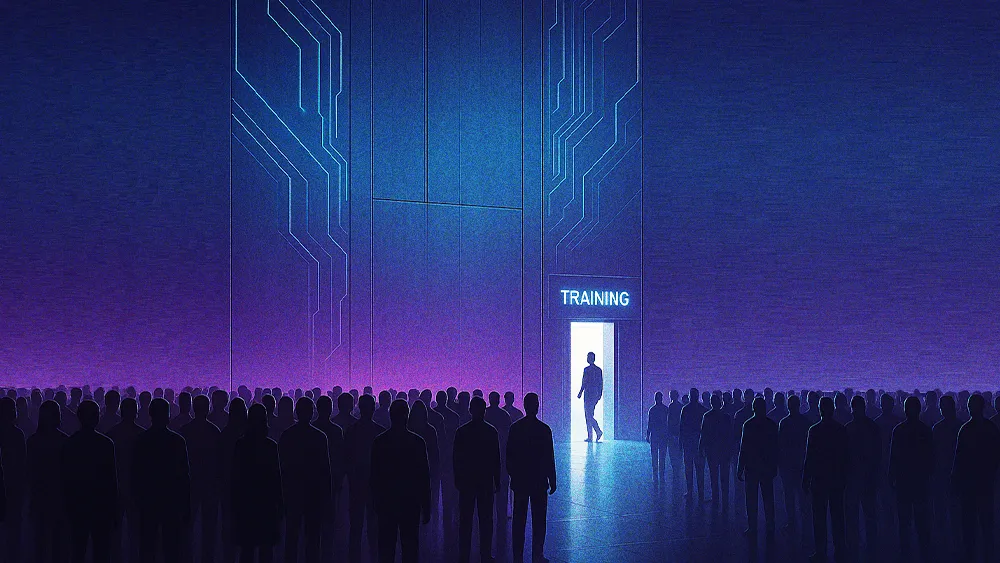
All articles
Inside the Shared Data and AI Models Helping Community Banks Compete with Institutions
Pankaj Misra, Director & Region Head of North America at Maveric Systems, proposes a shared AI exchange model for smaller community banks to modernize.

Key Points
For community banks, keeping pace with the AI-driven technological advancements of larger institutions is a significant challenge, risking their market identity and survival.
Pankaj Misra, Director & Region Head of North America at Maveric Systems, proposes a detailed blueprint for a collaborative platform for smaller banks to modernize, called a shared AI exchange.
Misra estimates that an initial pool of five to ten banks could begin with a $400,000 to $500,000 investment, leveraging cloud credits and local university talent.
His proposal also suggests a governance model with a rotating leadership structure and the use of explainable AI to meet regulatory requirements.
Data can be kept anonymized and masked so every bank retains its own data. The model can be trained on collective, anonymized customer patterns without ever sharing sensitive, individual information.

Mega-banks with billion-dollar tech budgets are pulling ahead in the race to AI. For most community banks, survival now depends on finding new ways to compete. A shared AI exchange could be that solution, allowing smaller institutions to pool resources, modernize together, and strengthen the trusted local relationships that set them apart.
For an expert's perspective, we spoke with Pankaj Misra, Director & Region Head of North America at Maveric Systems Limited, a financial services tech firm. As a technology and business leader in the banking, financial services, and insurance sectors, Misra has a realistic view of the challenges community banks typically face. His experience in developing solutions for giants like Bank of America, JPMorgan, and Goldman Sachs, before turning his focus to Tier 2, gives him firsthand insight into the growing disparity.
The gap between community banks and their larger rivals is widening fast, according to Misra. Accelerated by the pandemic, digital transformation has far exceeded what most smaller banks could match in terms of pace or price tag. Now, AI is raising the stakes again. Today's customers expect every online interaction to be instant, intuitive, and personal, he explains. "Between infrastructure, talent, and data training, it costs a lot of money that these smaller banks don't have individually. If no action is taken, many community banks will be merged or acquired, and they'll lose their identity."
- Collective interest: To find the path forward, leaders can look to the past, Misra says. For instance, pooling resources is a strategy that has proven successful in leveling the playing field before. "There was a time when big banks had their own ATMs, but the smaller banks could not afford them. So they pooled their resources to develop the ATM networks. Now today we find those shared ATMs where everybody can use them." A shared AI exchange could follow suit as the modern equivalent, he explains.
The primary challenge is securing access to the expensive, enterprise-grade AI for secure operations, Misra continues. Real value comes from training models on private data, a task typically beyond the budget of a single small institution. Naturally, that requirement raises the question of how competing banks can share a platform without compromising sensitive data.
- Good fences, good neighbors: Misra's solution relies on a modern framework built on a multi-tenant cloud architecture using federated learning. "Data can be kept anonymized and masked so every bank retains its own data. The model can be trained on collective, anonymized customer patterns without ever sharing sensitive, individual information."
- Ante up: To make the proposal tangible, Misra maps out a practical starting point. Here, he frames the initial investment as a manageable "upper end" figure that can be significantly reduced by leveraging startup credits from cloud providers and partnering with fintech vendors. "Based on my calculations, you would need a minimum of five to ten banks to pool around $400,000 to $500,000 to start."
It also addresses the key challenges of regulation and political cooperation, Misra explains. Because they make audit trails difficult, regulators are often wary of generative AI models that act as black boxes. However, by creating their own shared model, banks would gain the control needed to embed governance and explainable AI from the ground up.
- Speaking their language: To manage cooperation, Misra proposes an "anchor bank" to start, with a "rotating leadership role" and a shared board to guarantee fairness and accountability. "Having a shared model puts control back in the banks' hands. It lets them build in the transparency, explainability, and audit principles needed to meet regulations like SR 11-7, the Federal Reserve’s guidance on model risk management."
Ultimately, the AI exchange offers banks a distinct competitive advantage rooted in community impact, Misra concludes. By embracing this technology, local banks can better support local economies, creating a potential counterbalance to the national trend of jobless growth. "Community banks have always been the heartbeat of local economies. They can spur real growth by providing the loans and resources that make a tangible difference in the communities they were created to serve." For him, that same local-first philosophy extends to how the AI exchange could be built. "The talent could come directly from local universities. It’s a community bank, using students who come from the region to build it." But the biggest hurdle is convincing the first few banks to take the leap. Once a tipping point is reached, however, momentum will likely build fast. "It’s just the trigger of those five to ten banks. Then it can spread quickly."





